this.id (as you know)this.value (on most input types. only issues I know are IE when a <select> doesn't have value properties set on its <option> elements, or radio inputs in Safari.)this.className to get or set an entire "class" propertythis.selectedIndex against a <select> to get the selected indexthis.options against a <select> to get a list of <option> elementsthis.text against an <option> to get its text contentthis.rows against a <table> to get a collection of <tr> elementsthis.cells against a <tr> to get its cells (td & th)this.parentNode to get a direct parentthis.checked to get the checked state of a checkbox Thanks @Tim Downthis.selected to get the selected state of an option Thanks @Tim Downthis.disabled to get the disabled state of an input Thanks @Tim Downthis.readOnly to get the readOnly state of an input Thanks @Tim Downthis.href against an <a> element to get its hrefthis.hostname against an <a> element to get the domain of its hrefthis.pathname against an <a> element to get the path of its hrefthis.search against an <a> element to get the querystring of its hrefthis.src against an element where it is valid to have a src
...I think you get the idea.
There will be times when performance is crucial. Like if you're performing something in a loop many times over, you may want to ditch jQuery.
In general you can replace:
$(el).attr('someName');
with:
Above was poorly worded. getAttribute is not a replacement, but it does retrieve the value of an attribute sent from the server, and its corresponding setAttribute will set it. Necessary in some cases.
The sentences below sort of covered it. See this answer for a better treatment.
el.getAttribute('someName');
...in order to access an attribute directly. Note that attributes are not the same as properties (though they mirror each other sometimes). Of course there's setAttribute too.
Say you had a situation where received a page where you need to unwrap all tags of a certain type. It is short and easy with jQuery:
$('span').unwrap(); // unwrap all span elements
But if there are many, you may want to do a little native DOM API:
var spans = document.getElementsByTagName('span');
while( spans[0] ) {
var parent = spans[0].parentNode;
while( spans[0].firstChild ) {
parent.insertBefore( spans[0].firstChild, spans[0]);
}
parent.removeChild( spans[0] );
}
This code is pretty short, it performs better than the jQuery version, and can easily be made into a reusable function in your personal library.
It may seem like I have an infinite loop with the outer while because of while(spans[0]), but because we're dealing with a "live list" it gets updated when we do the parent.removeChild(span[0]);. This is a pretty nifty feature that we miss out on when working with an Array (or Array-like object) instead.
